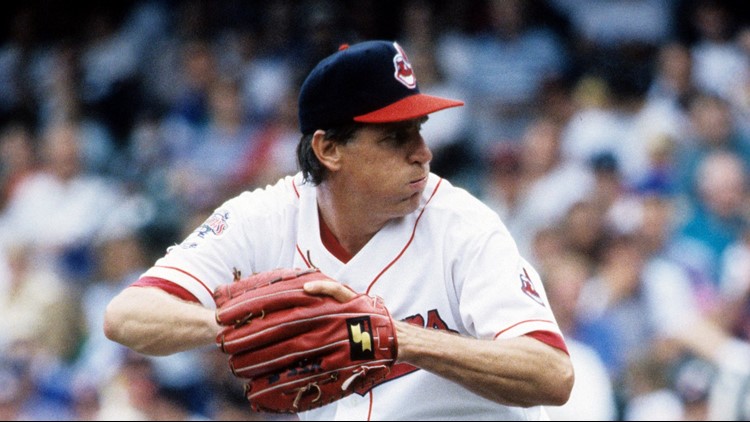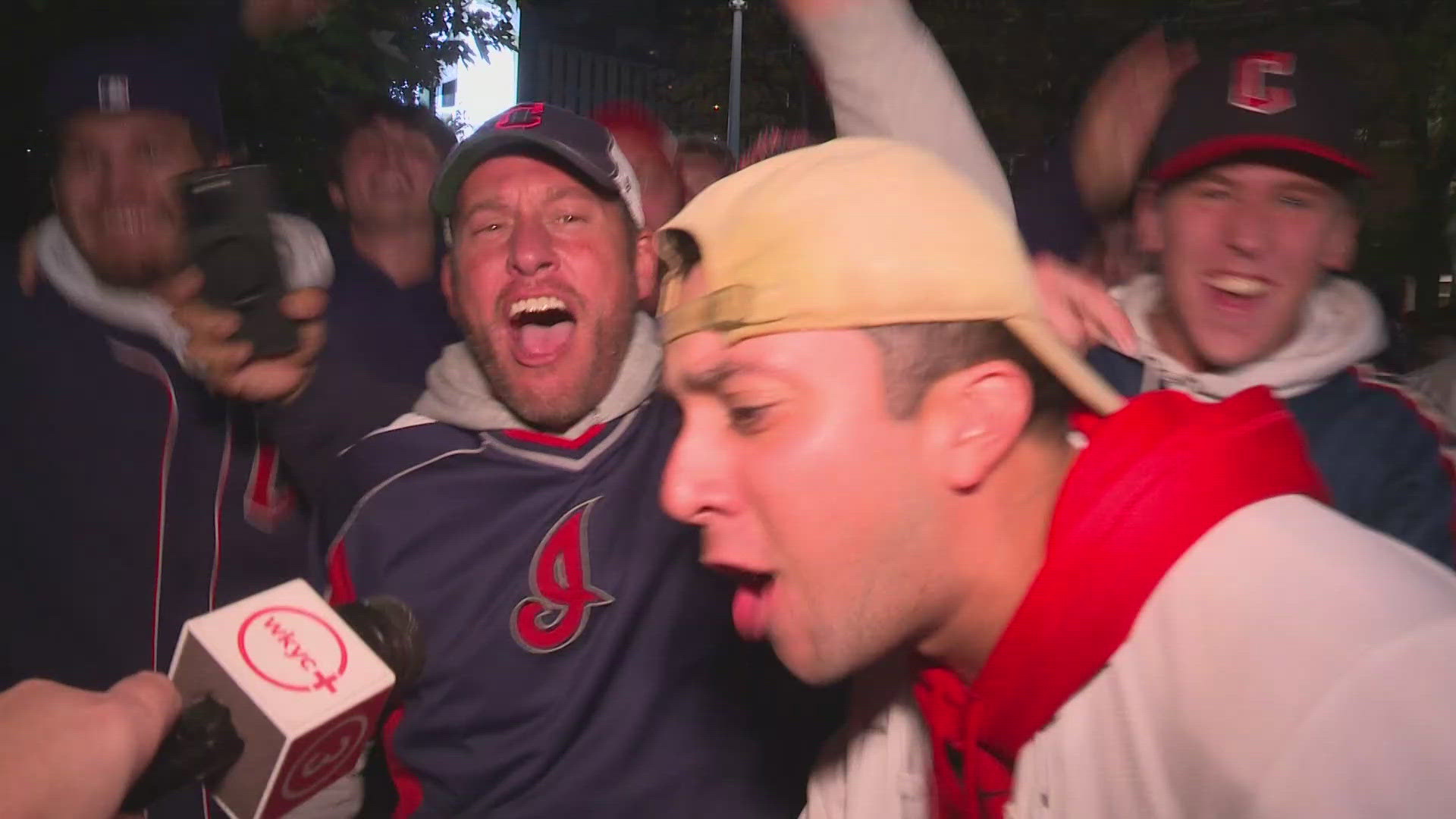On Sunday, the eyes of Indians fans everywhere will be on Cooperstown, New York, when Tribe legend Jim Thome will be inducted into the National Baseball Hall of Fame.
The honor is well deserved for Thome, and his accomplishments in Cleveland alone are known to all: three All-Star nods, a franchise record 337 home runs, and a mainstay in a lineup that won two American League pennants in the 1990s.


However, among the six players who will be enshrined this weekend, many forget that Thome isn’t the only one with ties to the Indians organization. Perhaps that’s because the player in question’s tenure in Northeast Ohio was so brief and unspectacular, most may not remember it ever happened.
After more than two decades of waiting, pitcher Jack Morris finally received the call from Cooperstown this past December. His case had been hotly debated by writers and fans alike, but the numbers speak for themselves: 254 wins (including 162 during the 1980s, the most in baseball), 175 complete games, five All-Star appearances, and four World Series championships.
Morris spent 14 of his 18 seasons with the Detroit Tigers (the team that will be represented on his Hall of Fame plaque), and is perhaps best known for throwing 10 shutout innings in Game 7 of the 1991 World Series for his hometown Minnesota Twins.
But Morris’ storied career did not end with Detroit or Minnesota or even the Toronto Blue Jays, for whom he won 21 games in 1992. It ended as a member of the Cleveland Indians, with the grisly veteran expected to help guide a young team that was finally ready to win. It didn’t work out that way.
In the winter of 1993, Jack Morris was coming off the worst season of his career, going just 7-12 with a 6.19 ERA and a miserable WAR of -1.5 for Toronto. While the Blue Jays would win their second straight World Series that year, Morris did not pitch in the postseason, and the club made the decision on Nov. 5 to buyout the remainder of Morris’ contract for $1 million (not a cheap price back then), making him a free agent.
Determined to keep his career going, the 38-year-old Morris agreed to a one-year, $350,000 contract with the Indians in February. The team was about to move into the brand new Jacobs Field, and was hoping Morris and other veterans like Eddie Murray and Dennis Martinez would help supplement an unprecedented core of young talent that included Thome, Kenny Lofton, Manny Ramirez, and others.

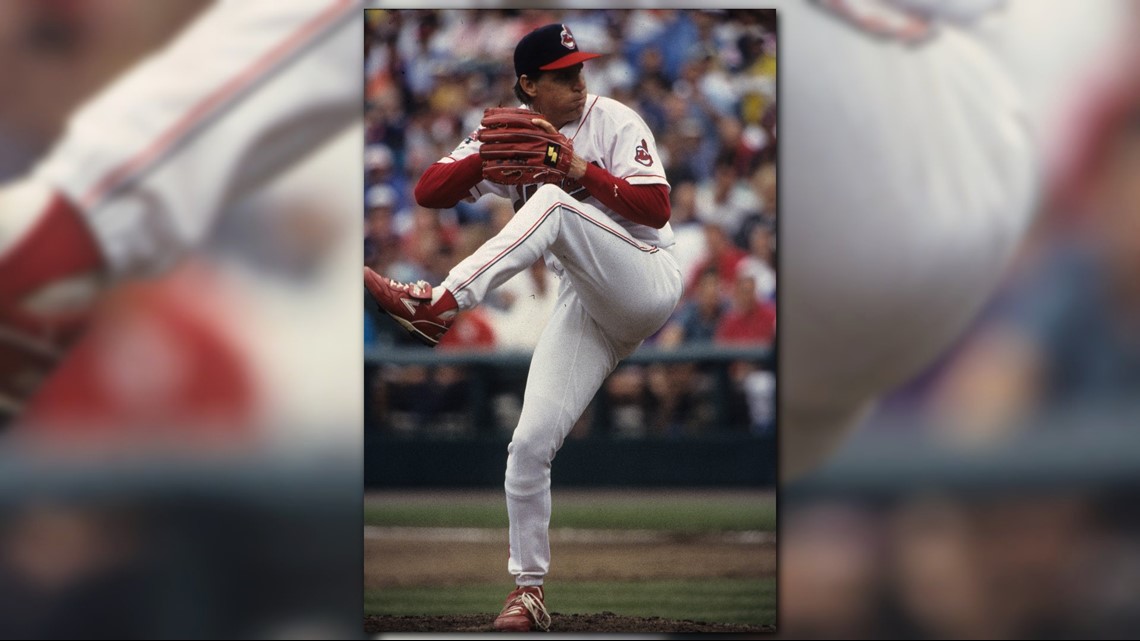
Morris was named the team’s No. 2 starter (snapping a record string of 14 straight opening day starts), and pitched well in his Tribe debut, allowing just two runs over five innings in a 6-2 win over the Seattle Mariners. But following another quality start five days later, things began to unravel, and by May 9, he was 1-4 with a 6.75 ERA.
The Tribe itself got off to a lackluster 14-17 start, but soon after, the offense started to heat up, and the team went on a 28-9 tear that had fans talking playoffs for the first time in four decades. Morris would rebound slightly as well to win four straight decisions (including the 250th of his career) during that stretch, but much of this came from a high level of run support, as his ERA still hovered around the 5.00 mark.
After opening July with a complete game in a 6-1 victory over the Twins, the wheels came off: Morris' then-fiancee called off their engagement, and teammates reported seeing him cry on the bench during starts. Rumors also began to fly that he wasn't coming to games when he didn't start, wanting instead to go back to his farm in Montana, where a drought was taking a toll on the crops.

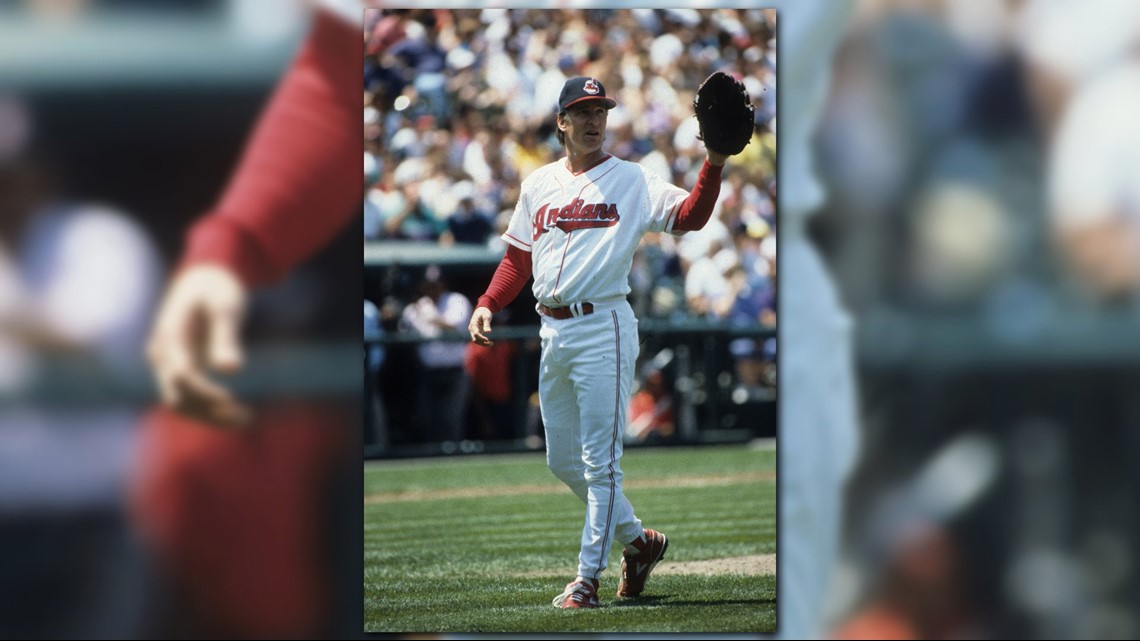
Club officials were reportedly not pleased with these actions, and Morris' recent performance (7.91 ERA and 2.061 WHIP in his last five starts) certainly didn't help matters. So on Aug. 9, in the heat of a pennant race, the Indians released Morris, ending his tenure in Cleveland after just seven months.
"We are in a pennant race and must do what is best for the Cleveland Indians," general manager John Hart, who informed Morris of his release over the phone, told reporters afterward. "From a baseball perspective, the [coaching] staff didn't want the guy."
Both Hart and Manager Mike Hargrove said it was Morris' collapse as a pitcher, not the frequent trips back to Montana, that led to his downfall. Morris himself claimed the team did indeed have a problem with it, and released him to avoid paying him an incentive in his contract. However, in an interview with The Seattle Times, Morris also admitted he deserved to get cut.
In the end, the Tribe would not make the playoffs, as a labor dispute led to the infamous players' strike just three days after Morris was let go. Jack started 23 games and pitched 141 1/3 innings during that single season, and while his record was a respectable 10-6, his ERA ended up at 5.60. He never pitched in the Major Leagues again, retiring to Montana.
Morris' time with the Indians could be described as, at best, mediocre, but it doesn't have much impact on his baseball legacy (even Babe Ruth had a rough ending with the Boston Braves), as most fans will (and should) remember him for his heroics in Detroit, Minnesota, and Toronto. So while Clevelanders likely won't think much about Morris' induction into Cooperstown this weekend, it is important to remember that every team a Hall of Famer player for (regardless of how brief) appears on his plaque. For better or worse, John Scott Morris' own marker will read, "CLEVELAND, A.L. 1994", much like fellow washed-up stars like Phil Niekro, Dave Winfield, and Steve Carlton.

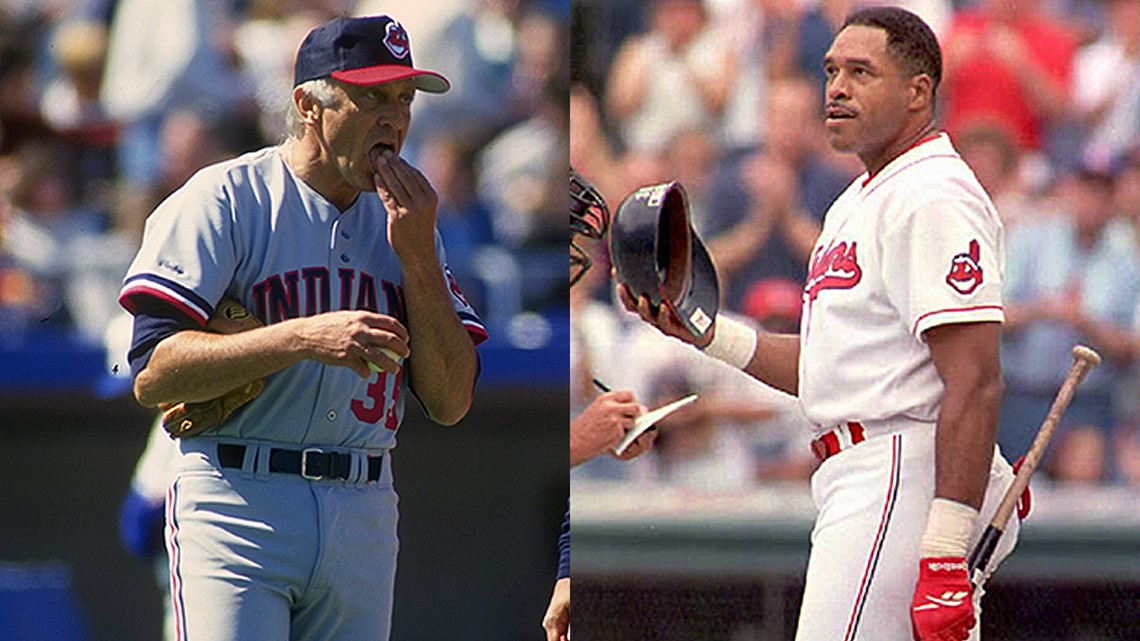
So congrats, Jack. Many Tribe fans may not remember, but we certainly do.


